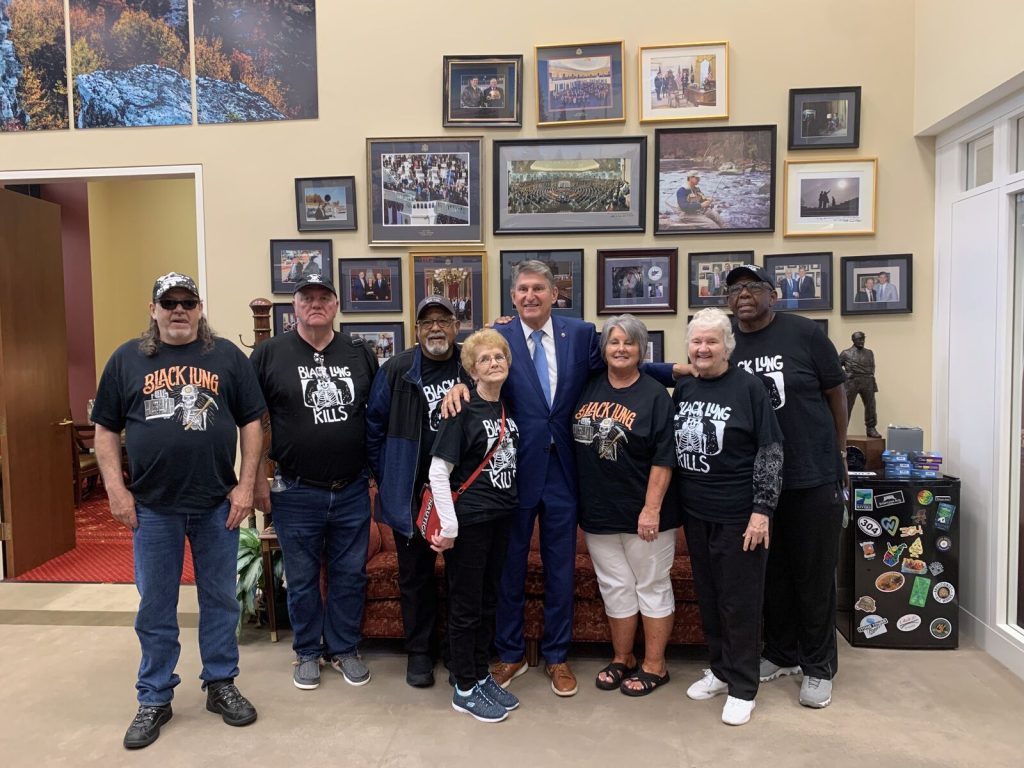Bloodshed and Coercion in the Coalfields: From Colombia to Appalachia
Story by Sandra Diaz
As I wrote in the last issue, I traveled along to the coalfields of northern Colombia in South America through the Witness for Peace program. Part of our trip was spent talking to Sintramienegetica union leaders, who represent Drummond Coal workers, based out of Birmingham, Alabama.
Drummond Coal has been accused of extreme tactics to undermine the Colombian union’s power. In 2001, two Sintramienegetica presidents and a vice president were assassinated. In March of that year, paramilitaries stopped a company bus which was carrying mine workers home from the La Loma mine at the end of a shift. Union president Valmore Locarno and Vice President Victor Orcasita were pulled off the bus. Locarno was shot in the head, in visible sight of the other miners; Orcasita’s tortured body was found a few days later. Six months later, Gustavo Soler—who had replaced Locarno as union president—was also executed by gunshot to the head. As Alberto Solana, another union leader explained, “When you become a union leader, you become a military target.”
In 2007, the International Labor Rights Fund (ILRF) and the United Steelworkers of America filed a lawsuit against Drummond
Coal in the U.S. District Court in Alabama on behalf of Sintramienergetica and the surviving family members of the three murdered union leaders. The suit alleged that Drummond had payed hundreds of thousand of dollars to Colombian right-wing paramilitaries. The jury in Alabama found the coal enterprise “not liable” in the deaths.
Unfortunately, murder is a commonly used tactic to squelch union activity. Each year, more union activists are killed in Colombia than in all other countries combined. Carlos Castaño, former head of the United Self-Defense Forces (AUC) paramilitary umbrella group was quoted as saying, “We kill trade unionists because they interfere with people working.”
The situation in Colombia is reminiscent of the constant power struggles seen in the Appalachian coalfields. In Appalachia’s early history—from the Battle of Blair Mountain to the Harlan County War in Kentucky—bloodshed seemed to be the prerequisite for unionization. While these battles led to strong union ethics for many years, we have once again seen the power of the unions diminish. Less than 25 percent of miners in the central and southern Appalachian coalfields are currently unionized.
Don Blankenship, CEO of Massey Energy—one of the largest coal mining companies in central Appalachia—has led the movement against unionization. He is so proudly anti-union that he keeps a television with a bullet hole in it from the time someone shot through his office window during a union strike in 1985. He likens living in a capitalist society to a jungle. “It’s survival of the fittest,” Blankenship is quoted as saying. “In the long term it’s going to be the most productive people who benefit.”
Blankenship has the run of the land in West Virginia; while it is not to the extent that paramilitaries in Colombia have, the impact is the same—keeping unions and their workers from realizing their potential for organizing.
Both cases demonstrate the harsh reality that unless people are willing to stand up for themselves and each other, it is easy for corporations to take advantage of their workers.
Related Articles
Latest News

Leave a comment
Your email address will not be published. Required fields are marked *




